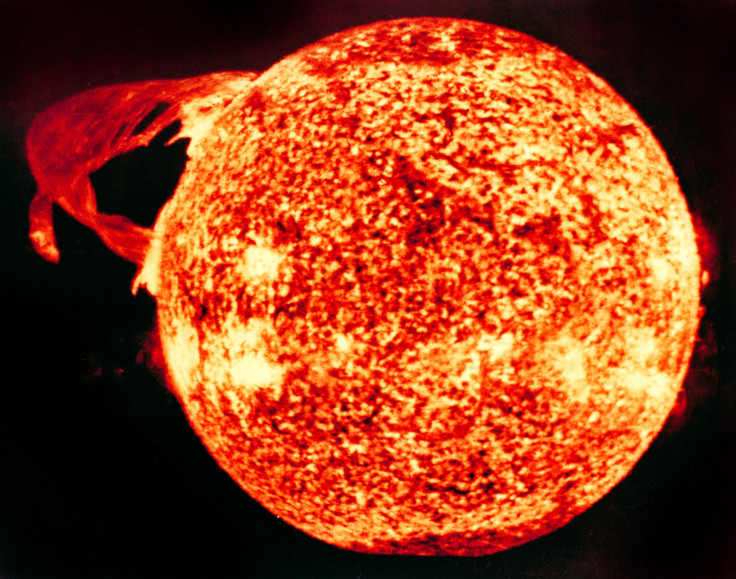Catastrophic Solar Storms On Earth Are Inevitable, USGS Study Warns

A new study released by researchers from the United States Geological Survey (USGS) warned that the destructive solar storm that hit Earth almost a century ago could happen again. If it does, large portions of the planet could experience wide-scale blackouts and other electrical system failures.
Coronal mass ejections (CME) occur when the Sun releases a significant amount of plasma due to anomalies in its magnetic field. These contain supercharged particles that can disrupt the functions of devices, facilities and infrastructures that rely on electricity.
Probably the most famous record of CMEs affecting Earth was the geomagnetic storm that occurred in 1921. During the event, large portions of North America experienced power failures. A study from USGS researchers also noted that the incident also caused fires to break out in affected areas.
“The severe space weather event of 13-16 May 1921 produced some spectacular technological impacts, in some cases causing destructive fires,” the researchers wrote in the study, which was published in the journal Space Weather.
“It was characterized by extreme solar and geomagnetic variations, and spectacular aurora, recorded at many locations around the world,” they added.
According to the researchers, numerous CMEs hit Earth almost a century ago. The first waves energized the planet’s magnetosphere, making Earth more vulnerable to the arrival and effects of the incoming CMEs.
“A series of CMEs bombarded Earth in May 1921,” the researchers stated. “The first pair may have prepared the way for latter intense activity, clearing density from the region between Sun and Earth, and energizing Earth’s magnetosphere.”
“Thus, a subsequent CME could travel more quickly and drive even more energy into the already active magnetosphere,” they added.
The USGS researchers then warned that since CMEs naturally occur due to the Sun’s activities, then Earth getting hit again by a massive solar storm is inevitable. Unfortunately, since society is more dependent on electrical and technological infrastructures today as compared to a century ago, the effects of a new solar storm would be devastating.
Aside from blackouts, CMEs can also affect the operations of satellites, causing disruptions in communication and GPS-based navigation.
© Copyright IBTimes 2025. All rights reserved.





















